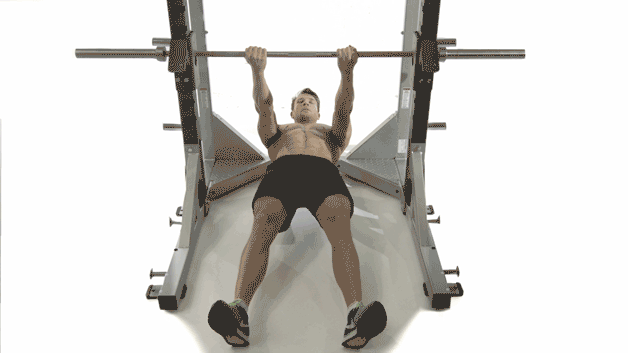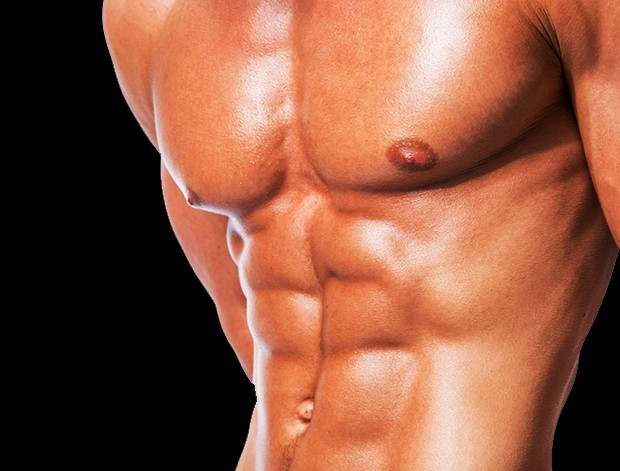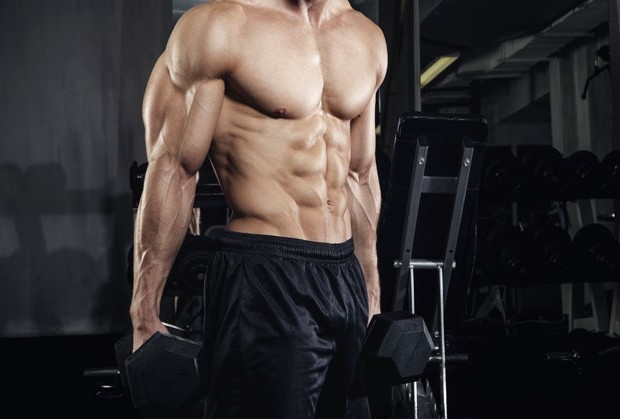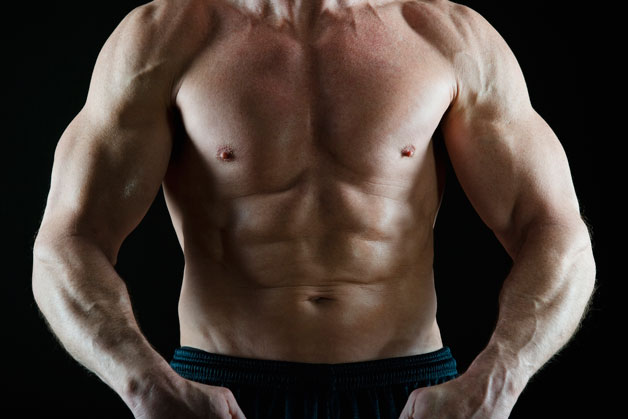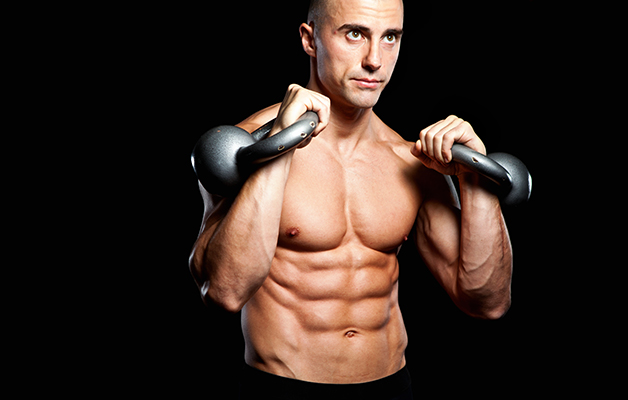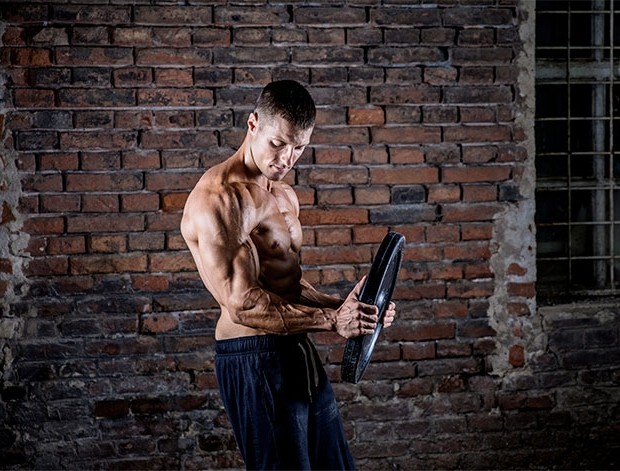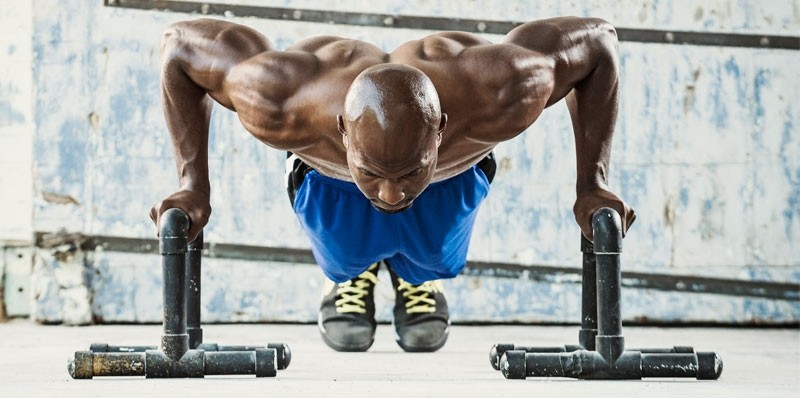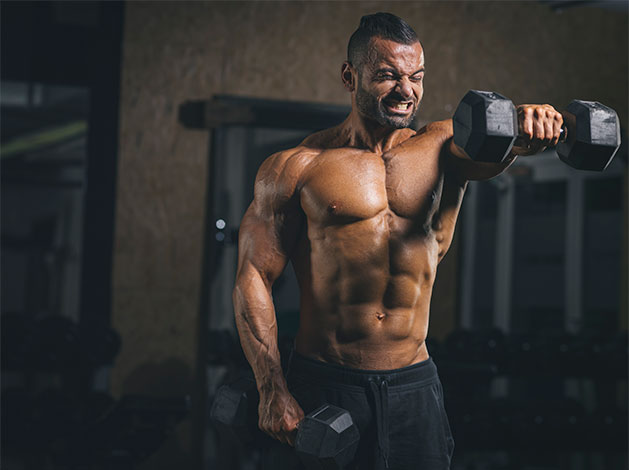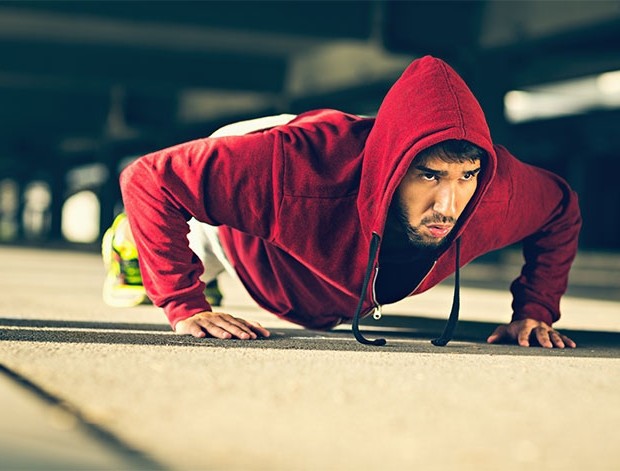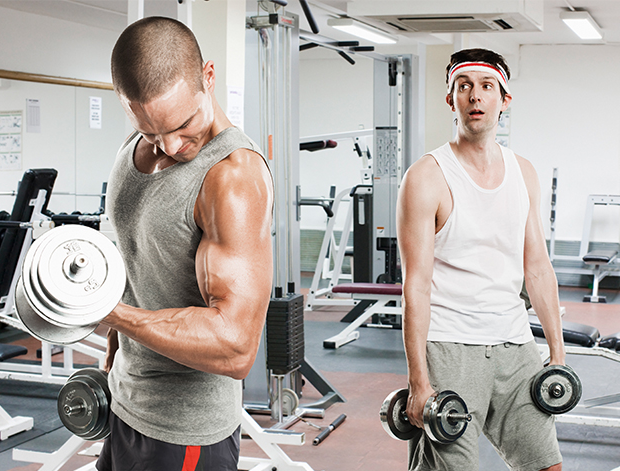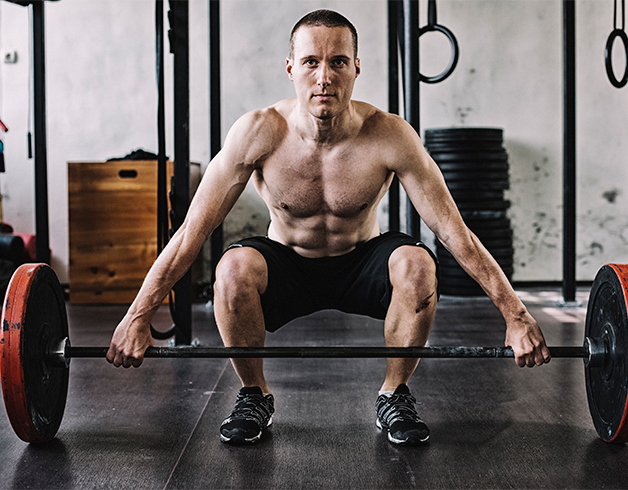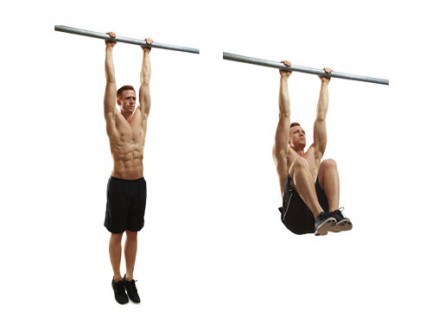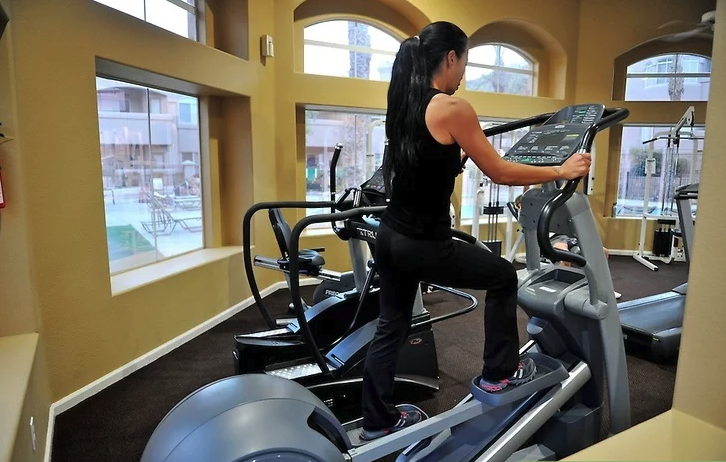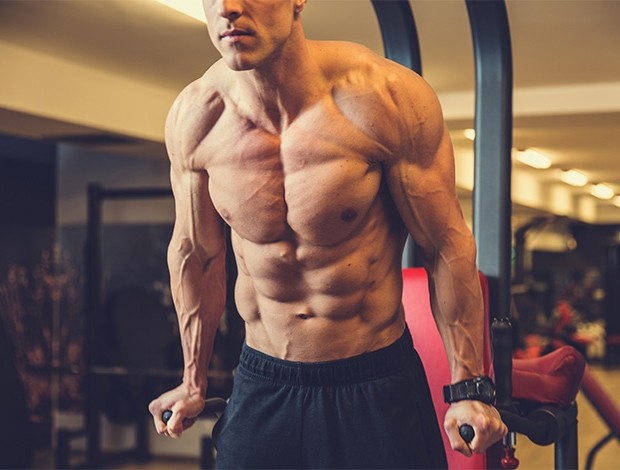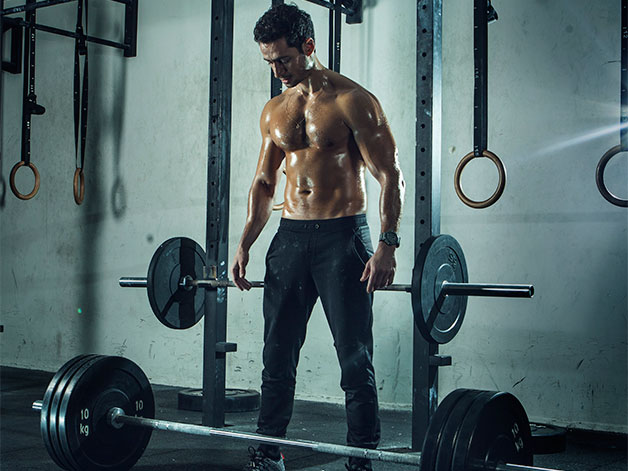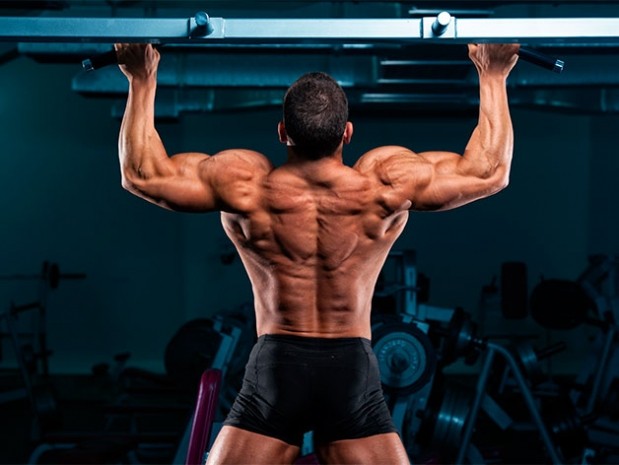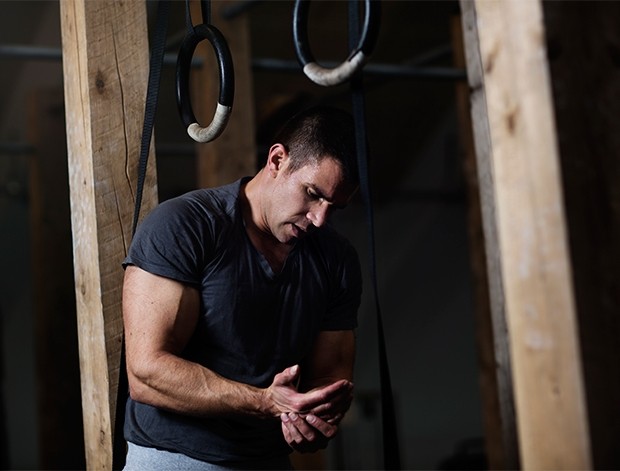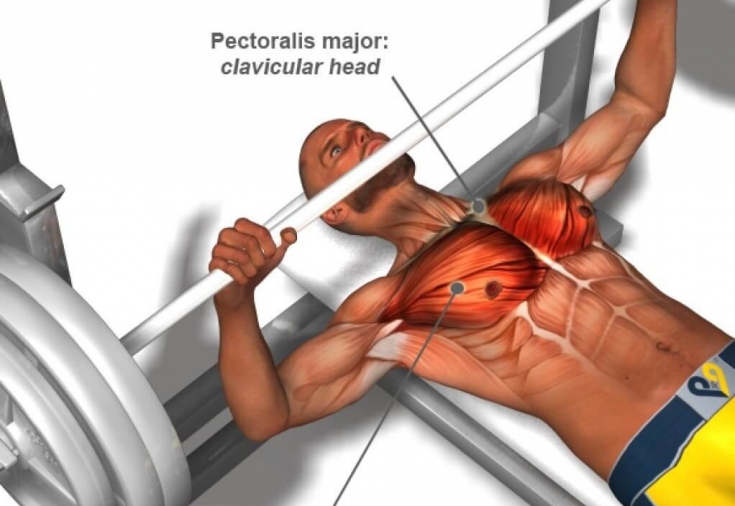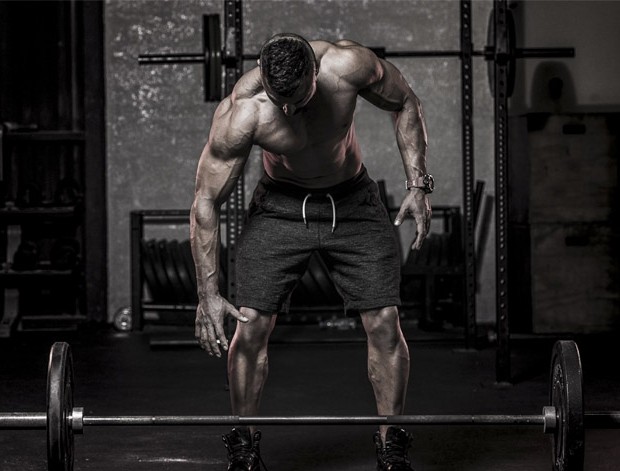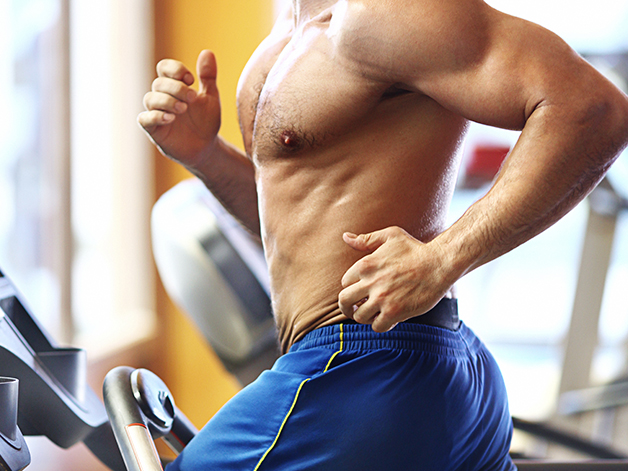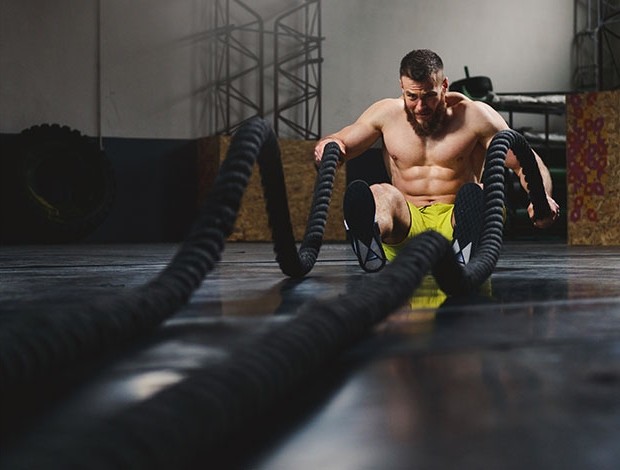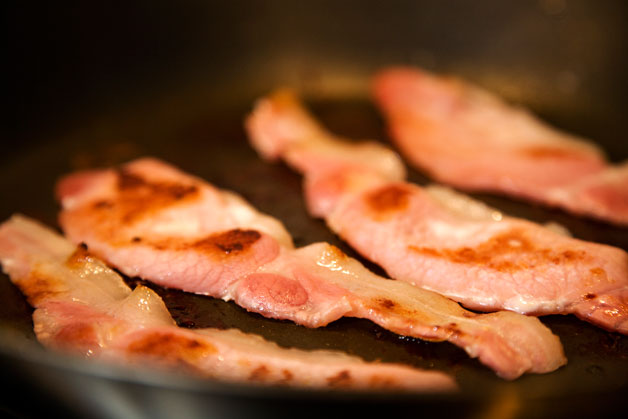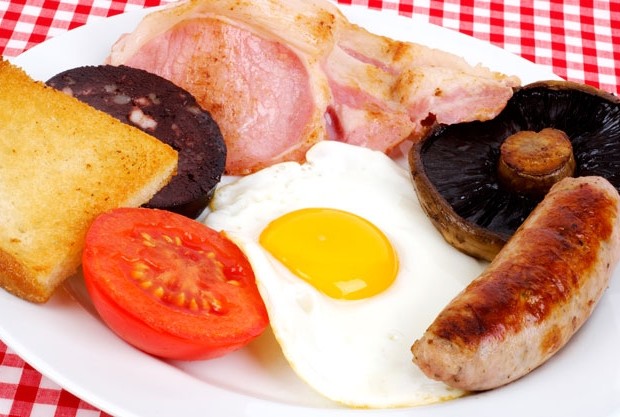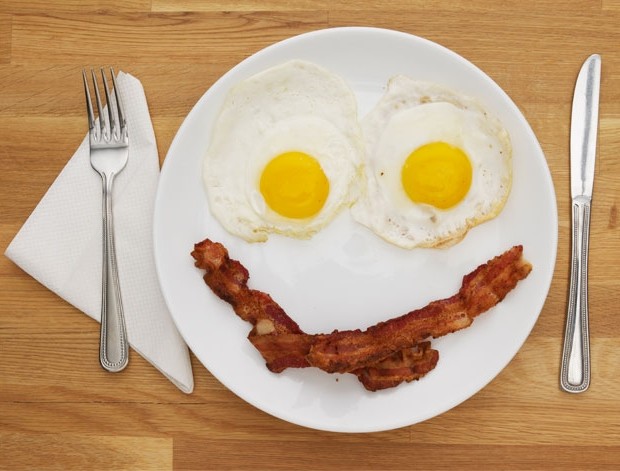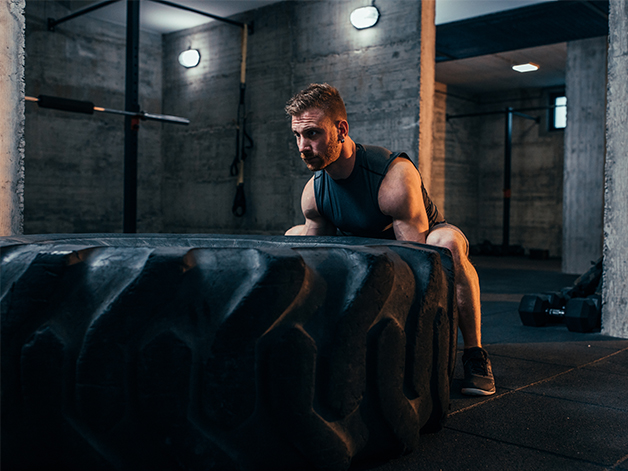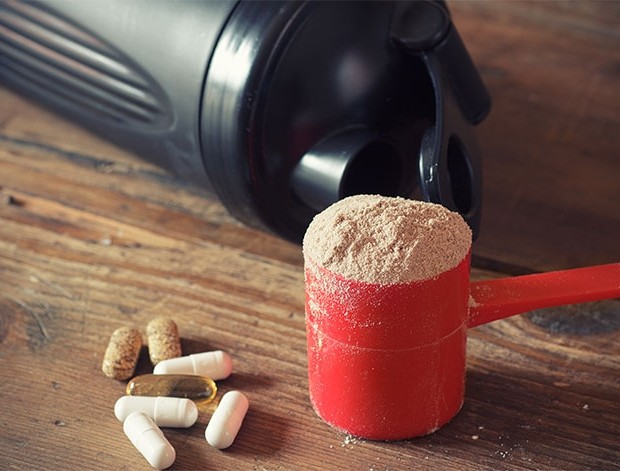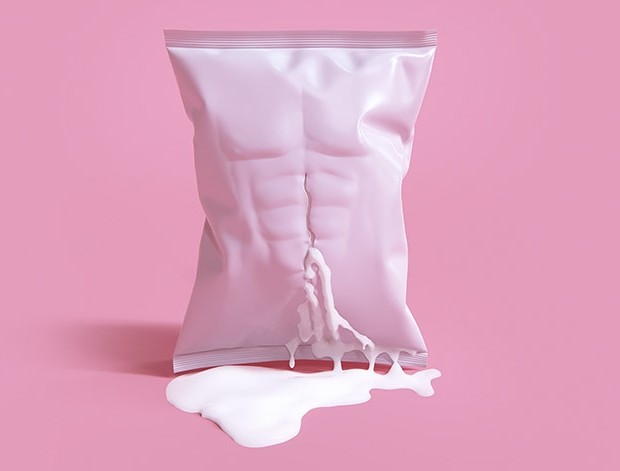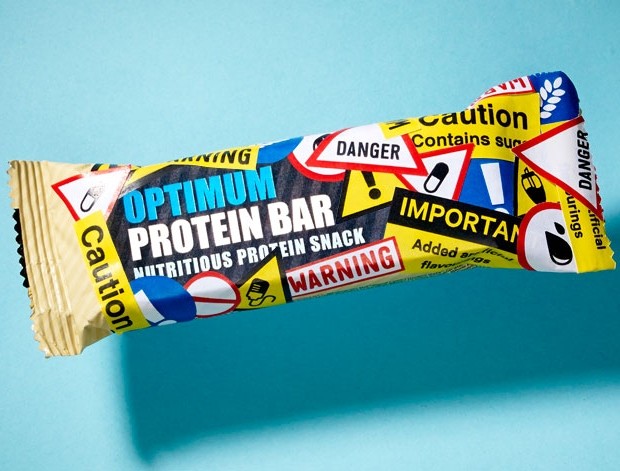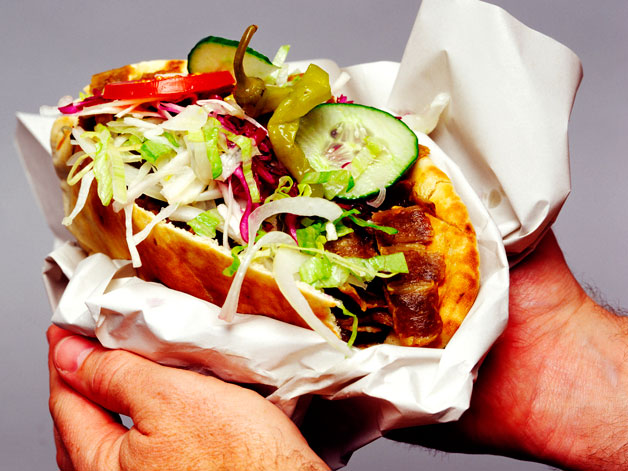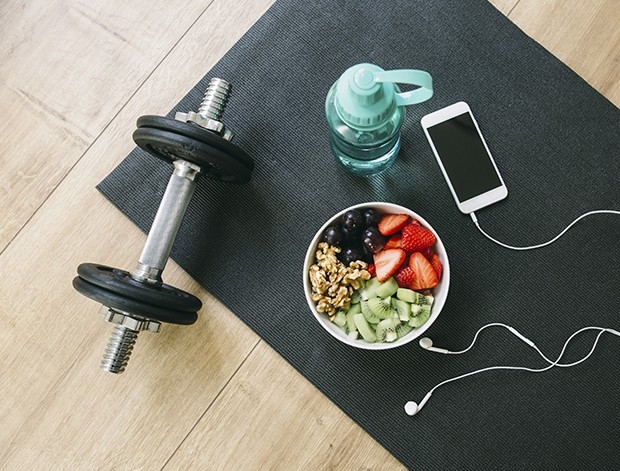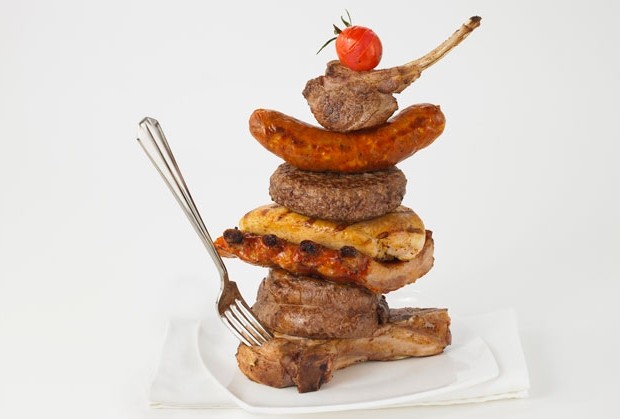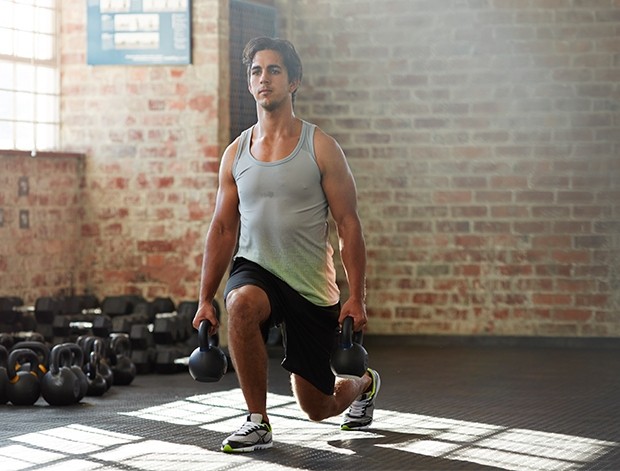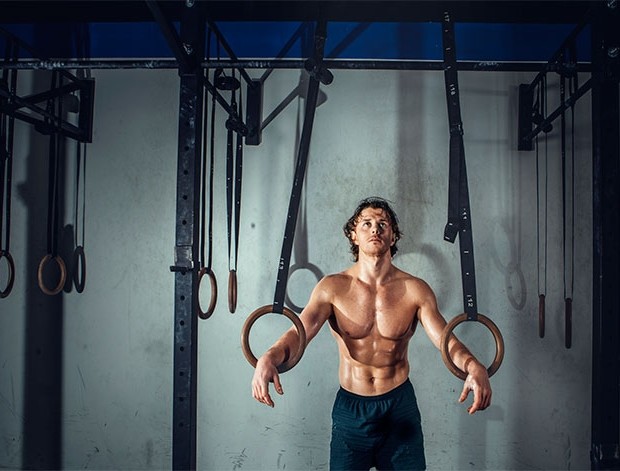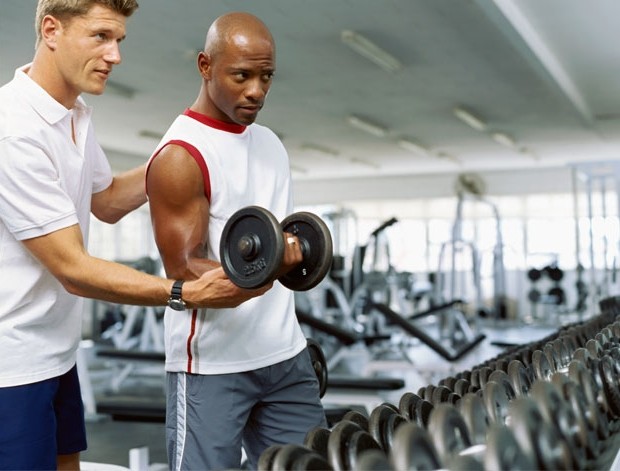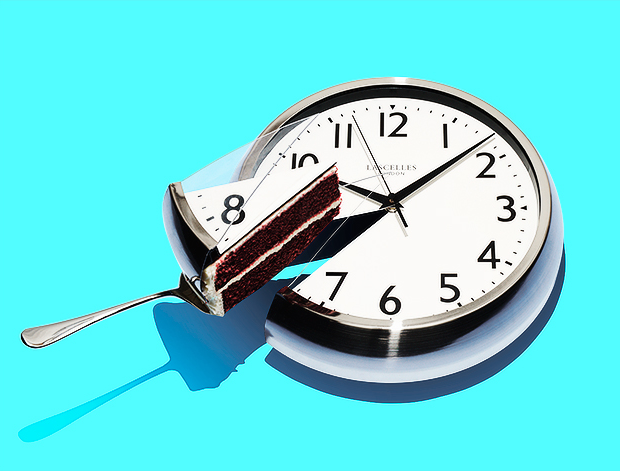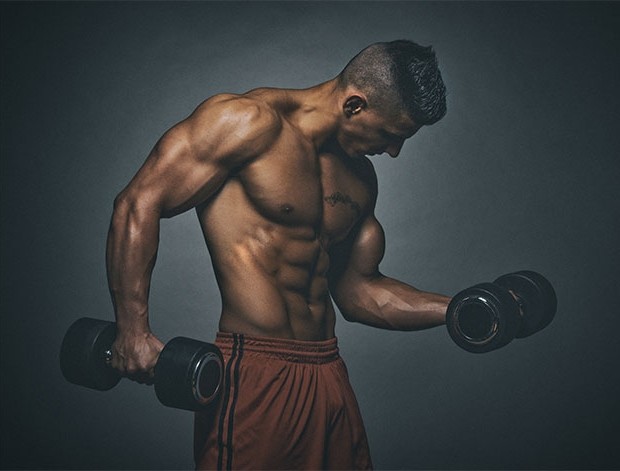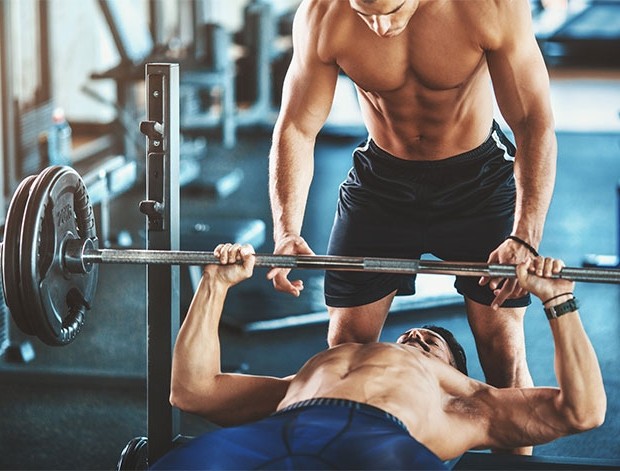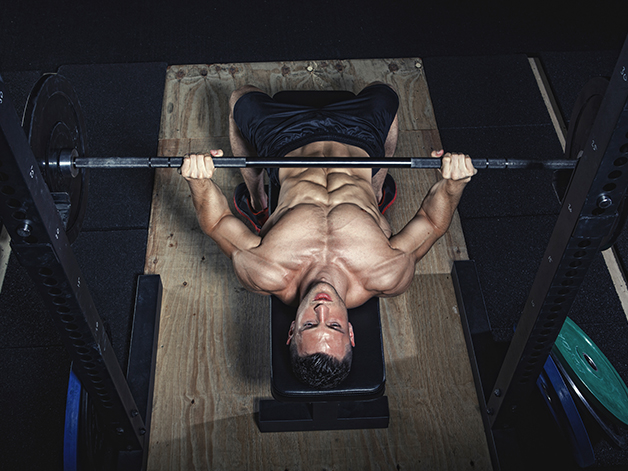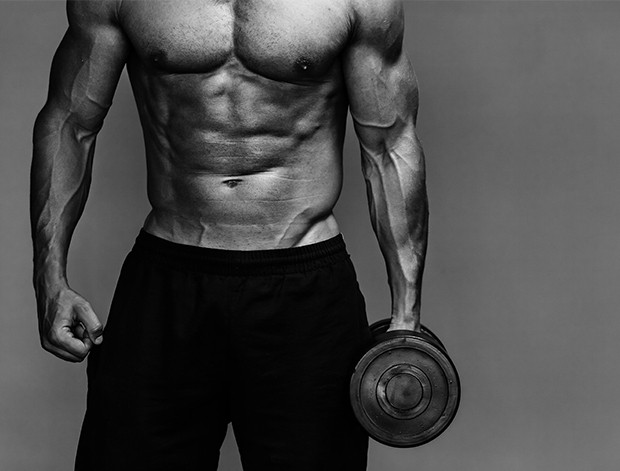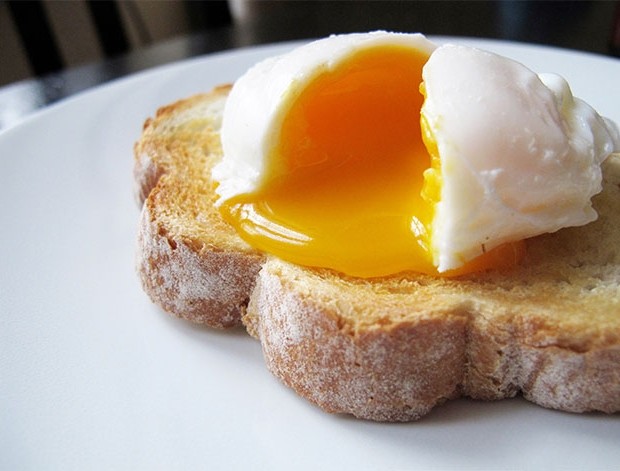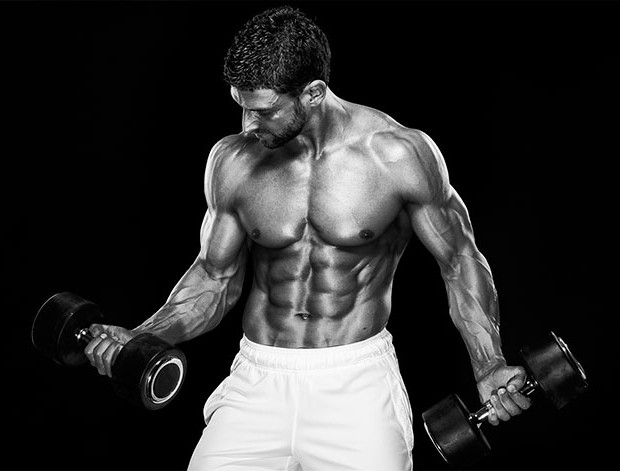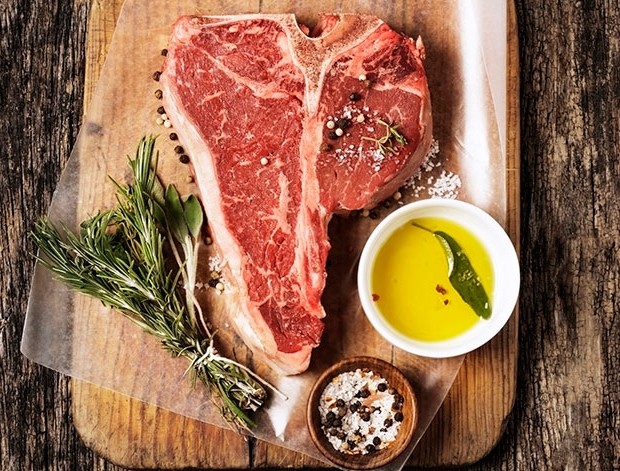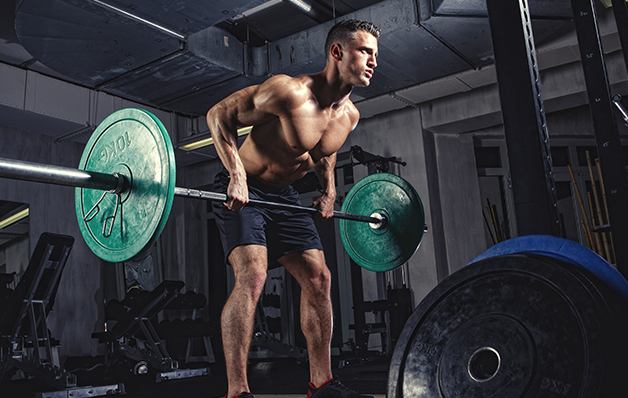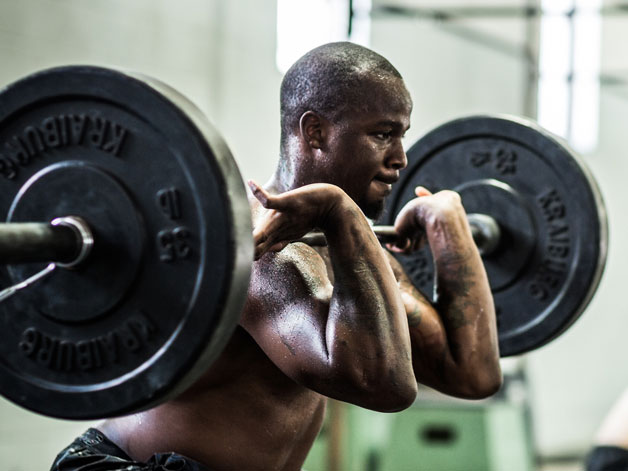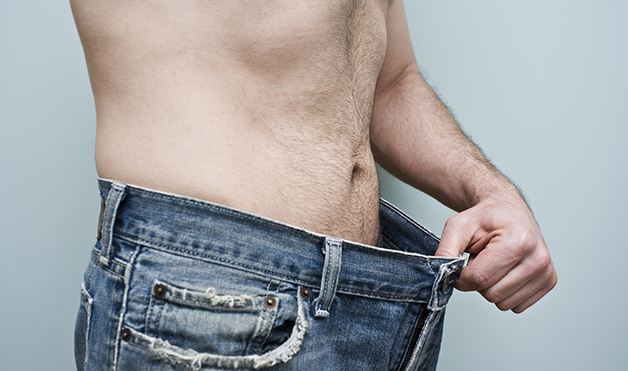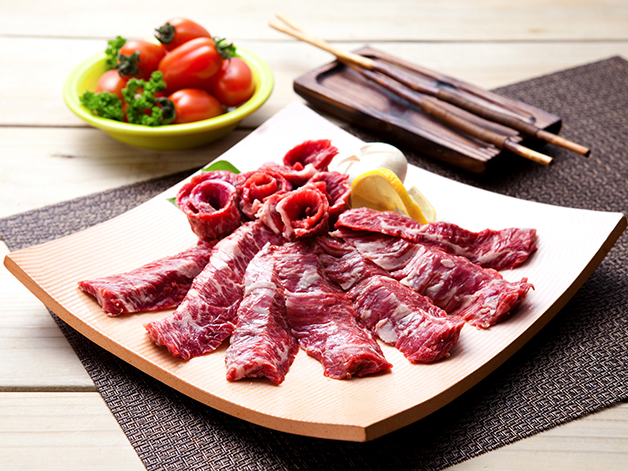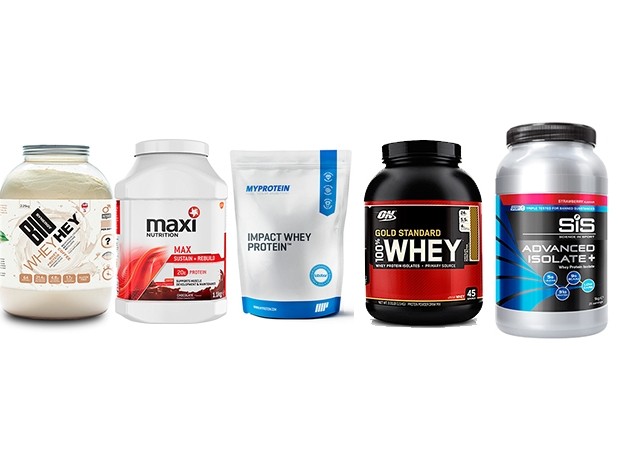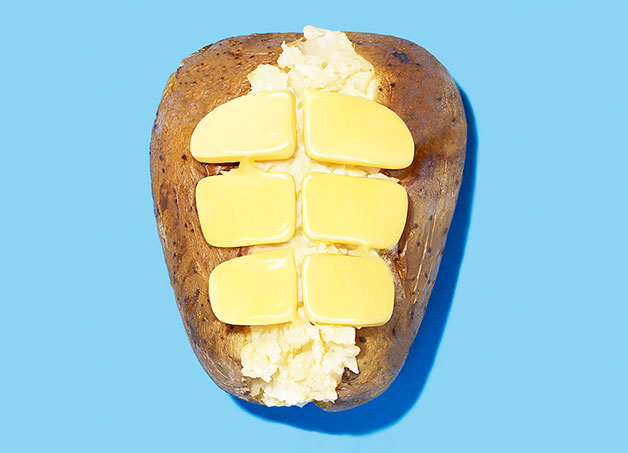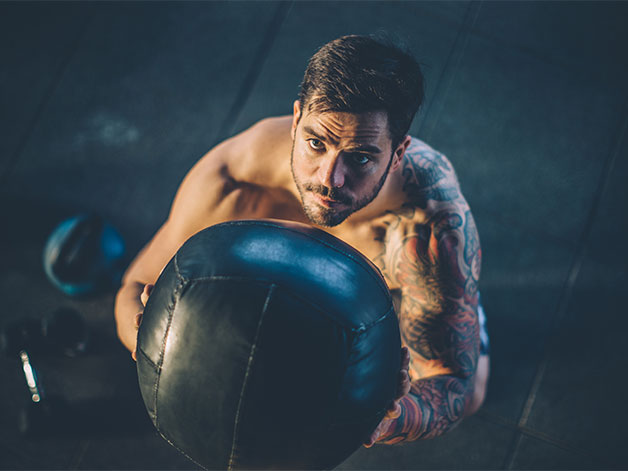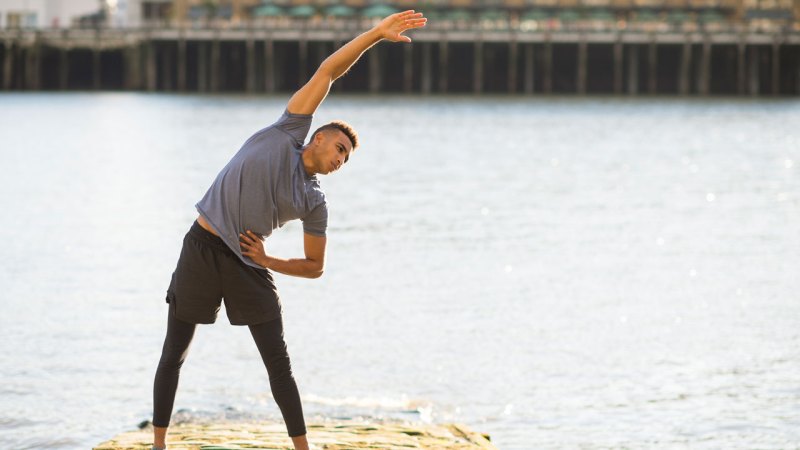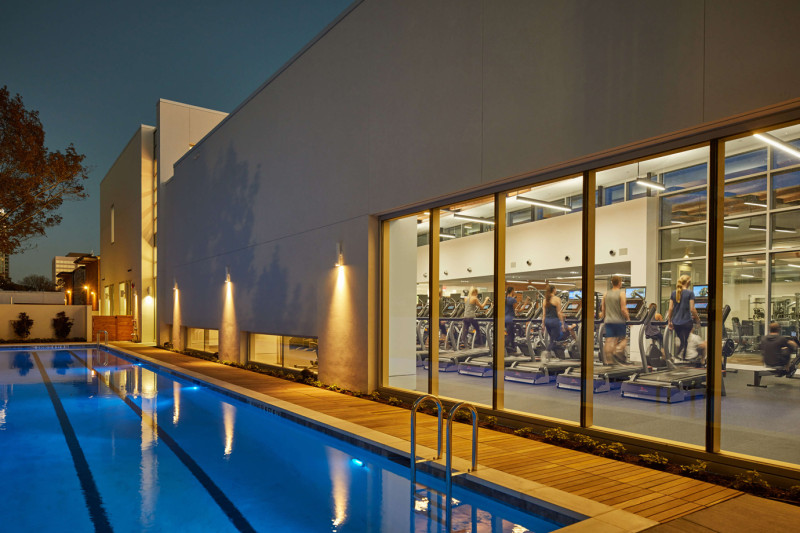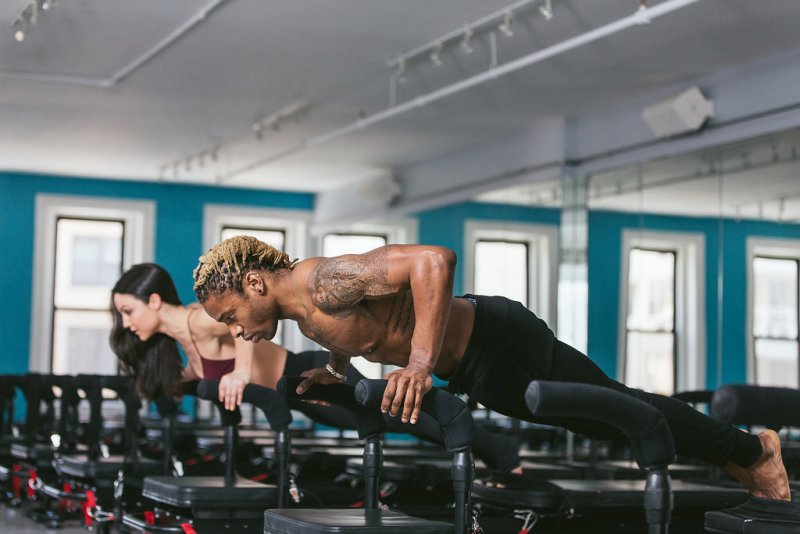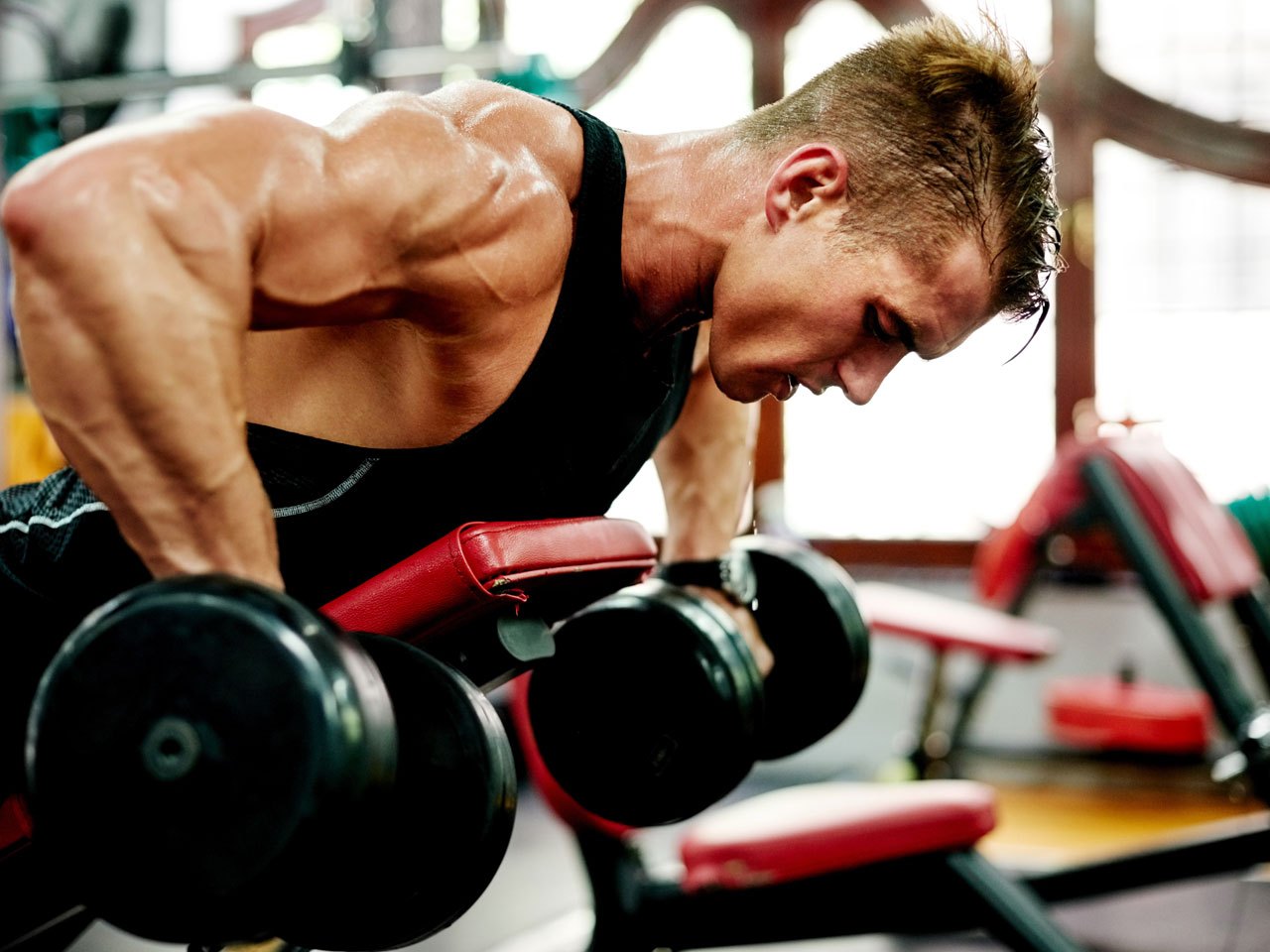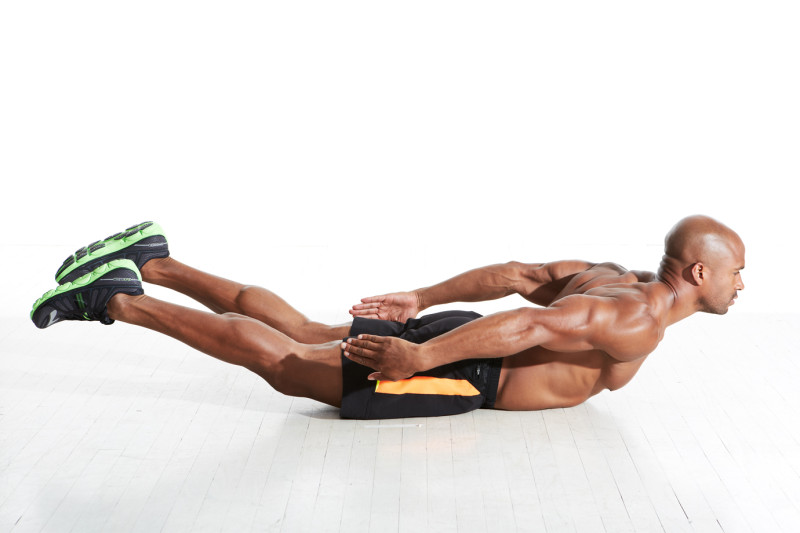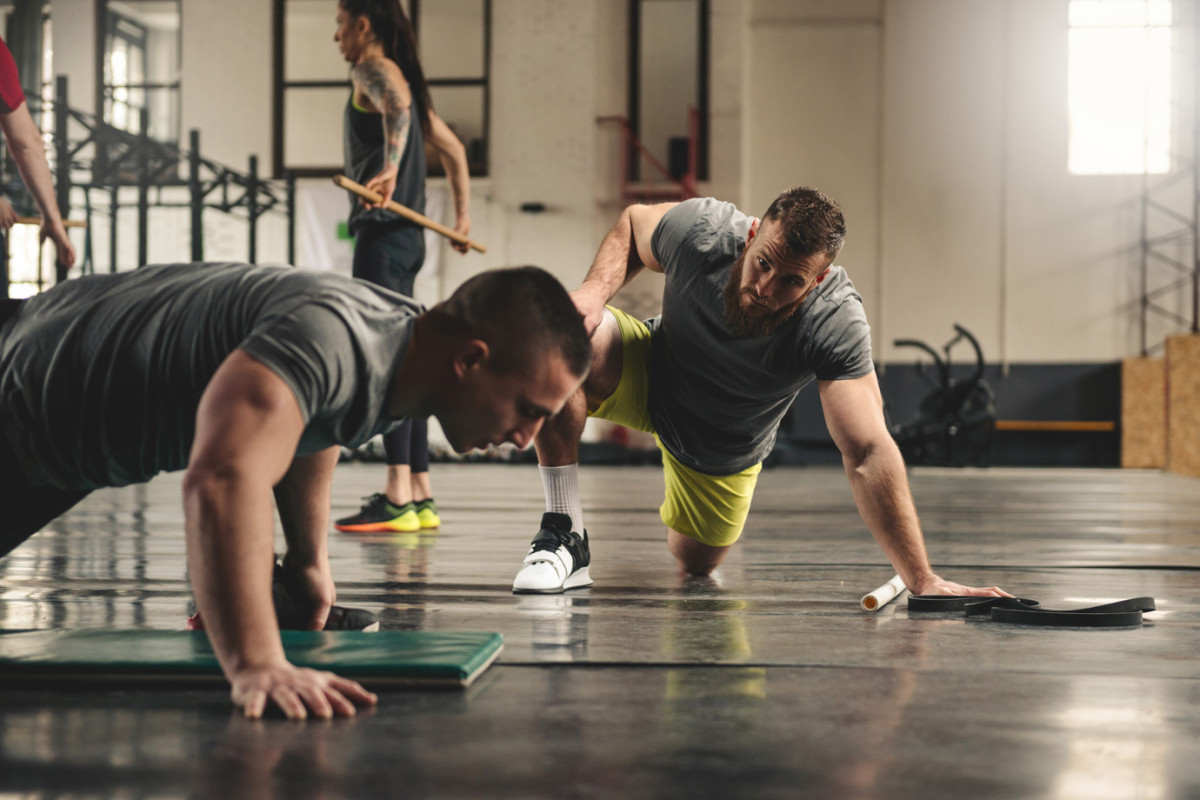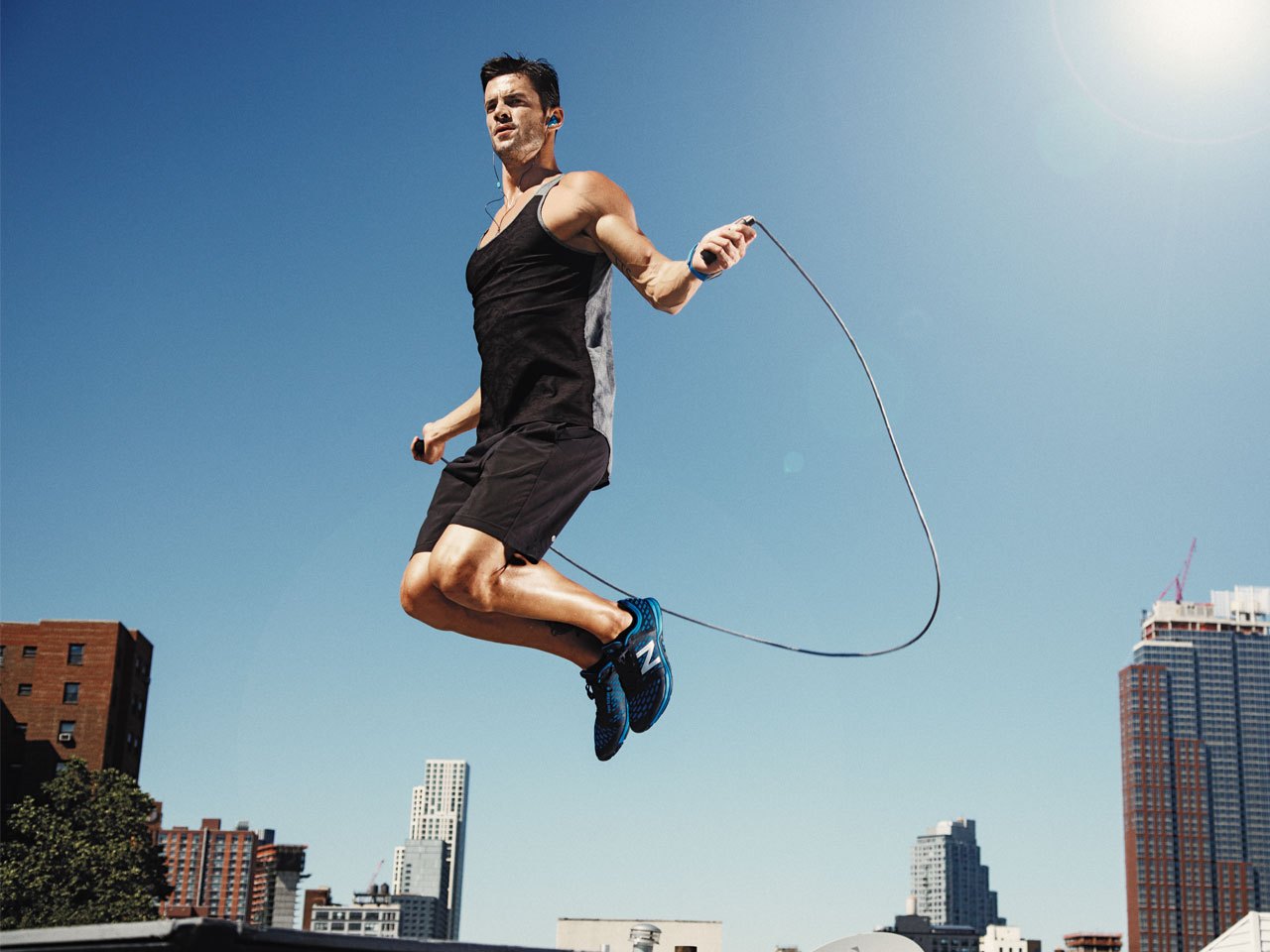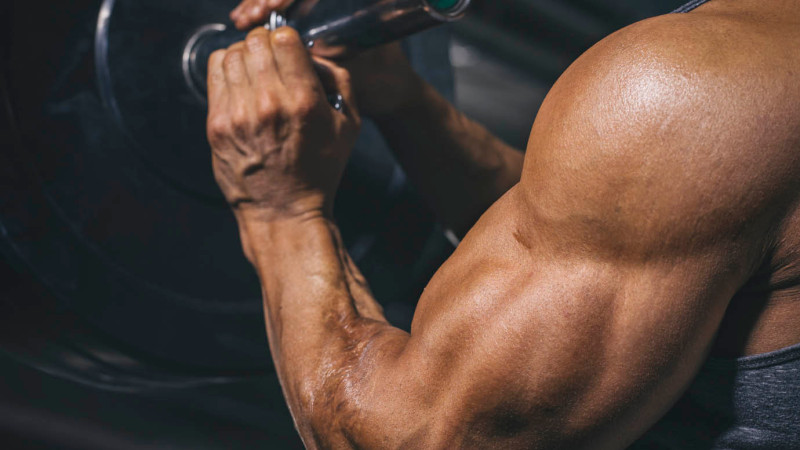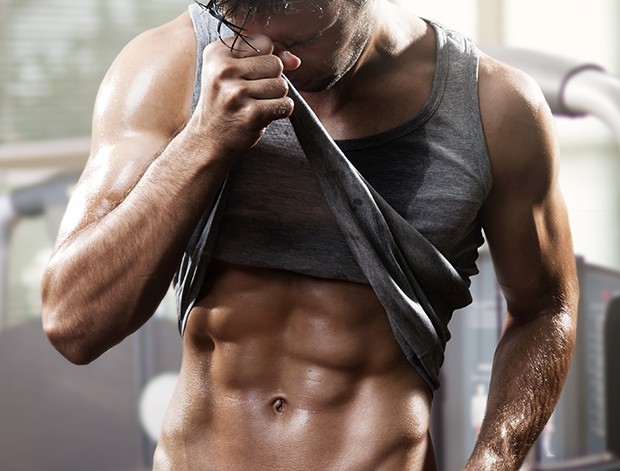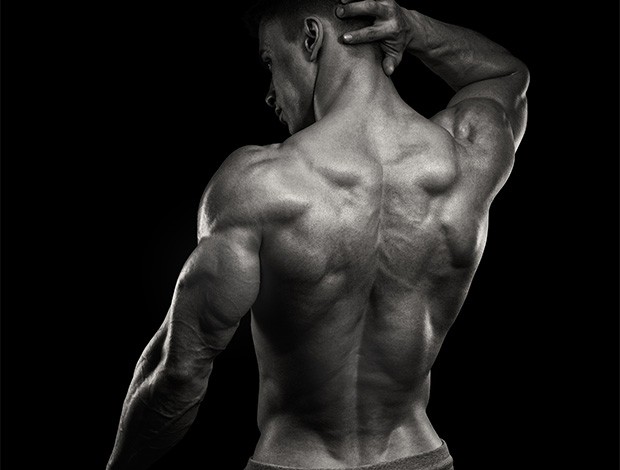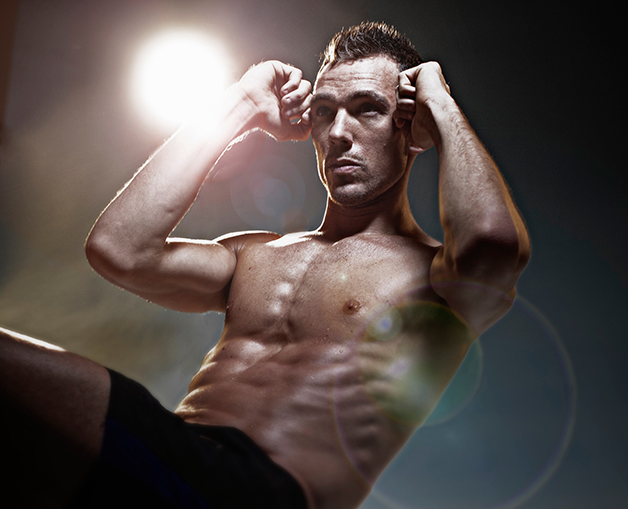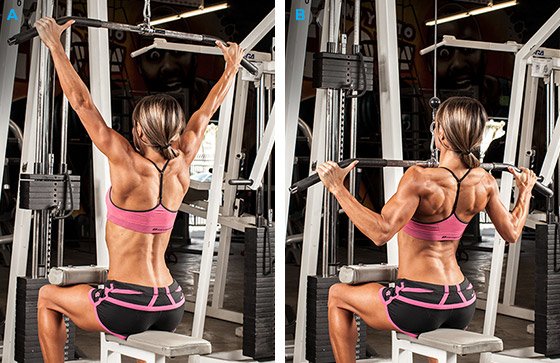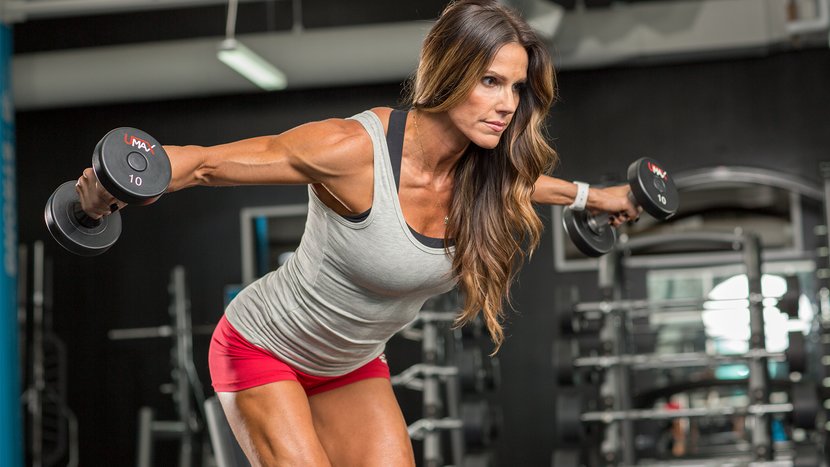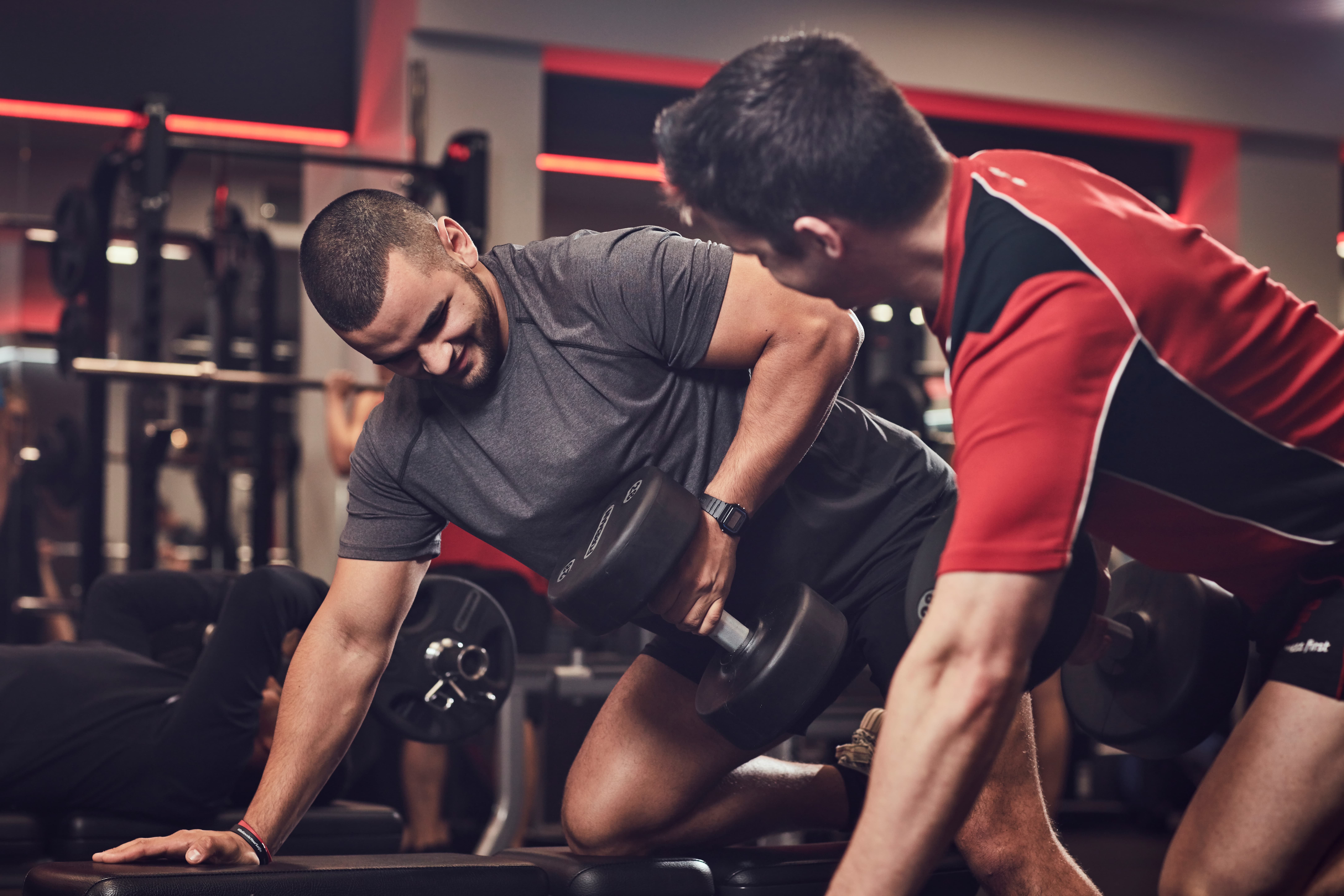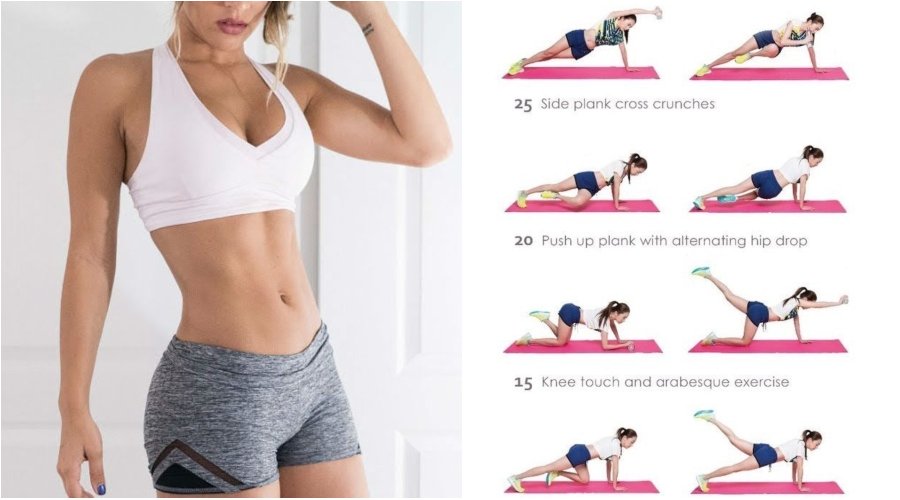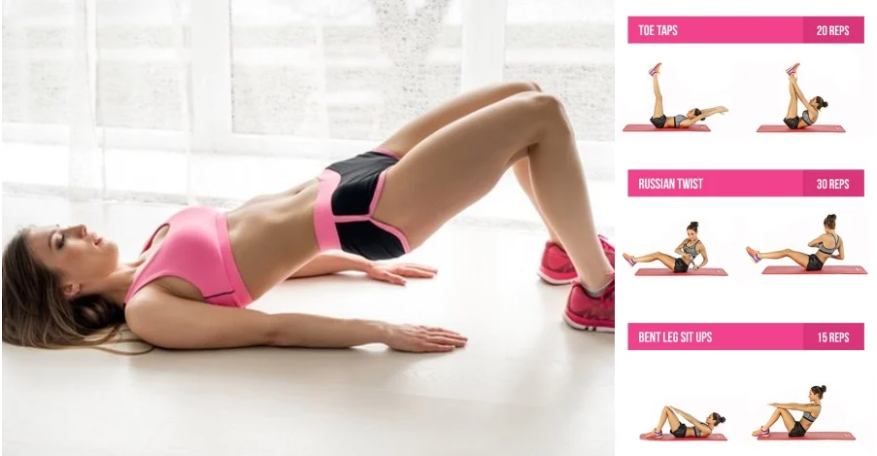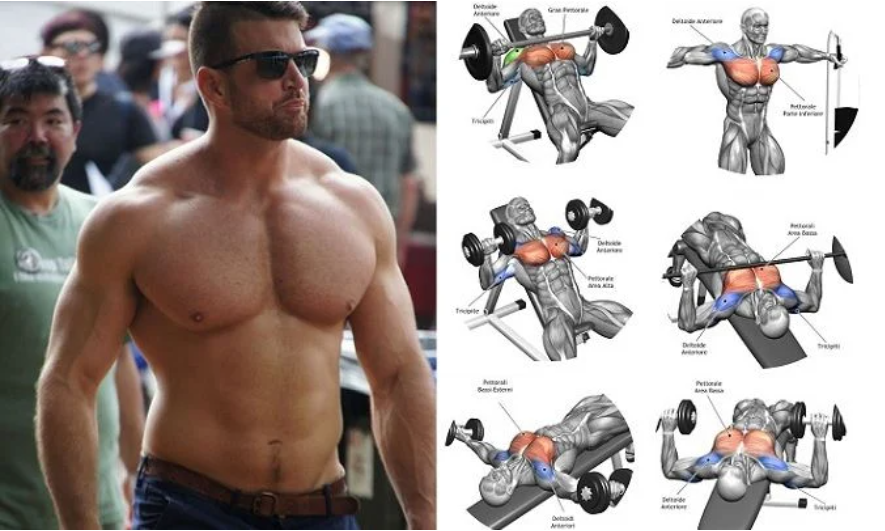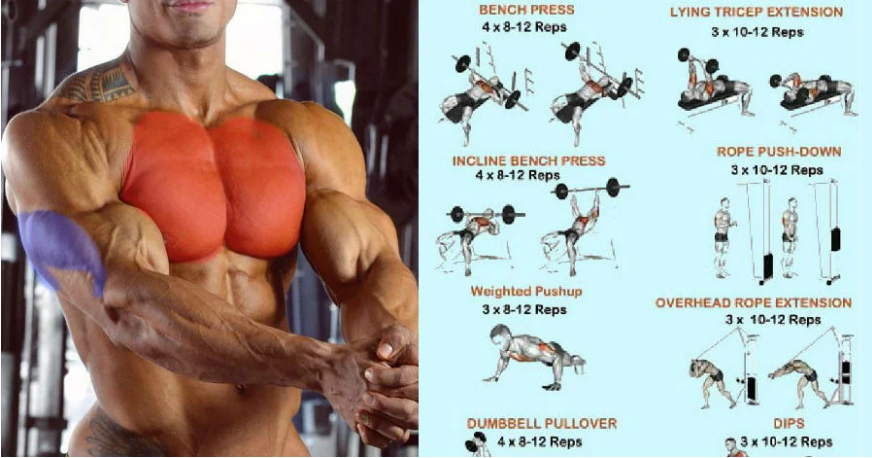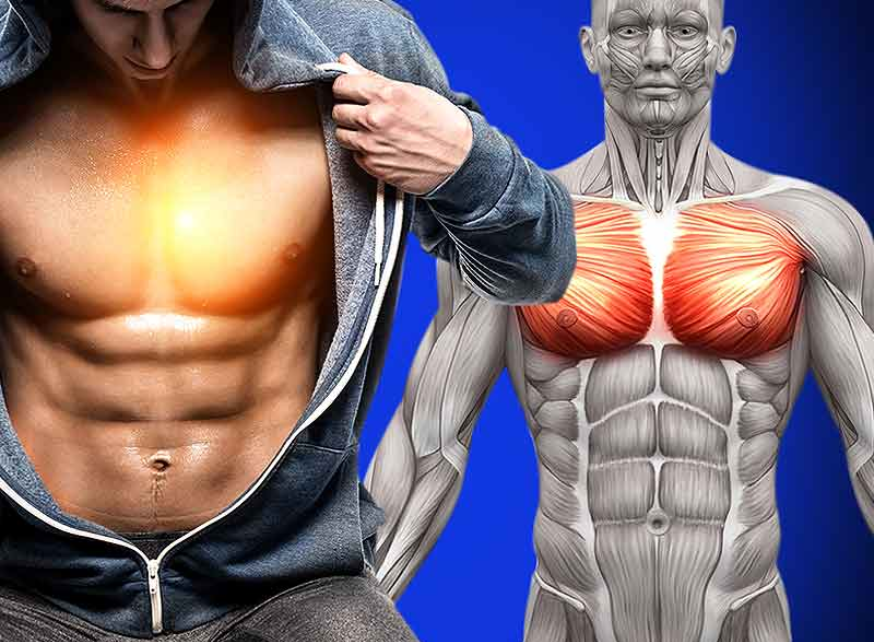Are you a victim of gym-timidation? Don't worry, you're not alone. A massive 20% of British men state a fear of not knowing what they're doing as the major factor keeping them out of the gym.
Being too shy to elbow past the bros and onto the bench press is nothing to be ashamed of. But arm yourself with our muscle-building manual below and you'll gain the confidence to take on any barbell – or bro. Read our pick of the best beginner's moves – plus a quick explanation of what makes each one uniquely useful – and use the exercises to create a bespoke workout that fits your nascent training goals. Good luck.

Seated barbell press
How to
Sit on the bench holding a barbell in front of your shoulders with an overhand grip. Press the weight up above your head until your arms are fully extended. Return slowly to the start position.
Why?
This exercise is a safer alternative for beginners to the military press behind your neck, which can lead to a painful injury called shoulder impingement syndrome. Sitting down also takes the strain of your lower back, making this one of the safest ways to build bigger shoulders.
Pull-ups
How to
Grab the handles of the pull-up station with your palms facing away from you and your arms fully extended. Your hands should be around shoulder-width apart. Squeeze your shoulder blades together, exhale and drive your elbows towards your hips to bring your chin above the bar. Lower under control back to the start position.
Why
Choosing to do the overhand pull-up and not the underhand chin-up is more difficult, but boosts strength and builds muscle more quickly. This is because it engages more of the major muscles – lattismus dorsi – and therefore stimulates more growth. Don’t be afraid to use the assisted pull-up machine to get the technique nailed first.
Inverted rows
How to
Set up a bar in a rack at waist height. Hold it at shoulder-width, with an underhand grip, and hang underneath. Position yourself with heels out in front of you and arms fully extended. Your body should be straight from shoulders to ankles. Flex at the elbows to pull your chest up to the bar. Lower yourself back to the start position under control.
Why?
When the cable machines and dumbbells are taken, or too intimidating, resort to using your body weight for gains to your back and biceps. Match every set of press-ups with a set of these to even out muscle imbalances and avoid the rounded shoulders sported by gym wannabes like Justin Bieber.
Seated row
How to
Sit in front of a pulley column and set your feet firmly at its base. Grab the handle and, with your arms extended, lean back until your torso is at a 90-degree angle from your legs. Now, keeping the torso stationary, pull the handles back towards your chest, squeezing your back muscles hard.
Why
By only allowing you to work in one plane of movement these fixed resistance machines are foolproof and removing the risk of hurting yourself. And, although primarily used for back and biceps, this exercise forces you to tense your core while maintaining a flat back for a side order of six-pack abs.
Cable flys
How to
Attach stirrup handles to the high pulleys of a cable crossover machine. Take one in each hand – your arms should be outstretched with a slight bend at the elbow. Place one foot slightly forward, brace you core, and pull the handles slightly downward and across your body until your hands meet, then slowly return to the start position.
Why
Before you go rushing into chest-and-shoulder builders like the inverted bench press, you need to strengthen your ligaments and tendons and create a platform from which to build without the risk of injury. Take advantage of the cables wide range of movement to focus on the little guys, not just your pecs.
Face pulls
How to
Stand opposite a high pulley column with the handle attached at eye level. Grab it and exhale as you pull the weight directly towards your face, focusing on bringing your shoulder blades together. For perfect form, ensure your upper arms are parallel to the ground.
Why
Pecs look good but the muscles you use in day-to-day life, and on the sports field, are in your back. This moves hit right down the middle can easily be modified with a wider grip handle to work your lats. Go heavy; ripping a light weight towards your face at full strength has bloody nose and bruised ego written all over it.
Bulgarian split squat
How to
Holding a dumbbell in each hand, stand facing away from a bench with one leg resting on it, laces down. Squat down with your standing leg until the knee of your trailing leg almost touches the floor. Push up through your front foot to return to the start position.
Why
Don’t be tricked into sitting on the leg press/curl machine. When it comes to working your lower body you want well-balanced strength and muscle gains. Huge quads and puny hamstrings will come back to haunt you with a nasty injury at your next 5-a-saide. This move works your whole leg through a huge range of motion hitting the maximum muscle fibres.
Weighted ab curl
How to
Attach a rope to a high pulley and kneel in front of it, with the handles held either side of your neck. Without moving your hips, contract your abs to bring your elbows to your thighs. Pause for a moment then slowly return to the starting position.
Why
You might think sit-ups would be standard six-pack far, but when it comes to crunches the temptation to slump back to the floor during every rep means you’re only getting half the benefit. Holding onto the cable keeps your core under tension for both phases of the movement to build more muscle around your middle.
Ab wheel rollout
How to
Get on all fours, holding an ab wheel in both hands. (if you don’t have one, use a small barbell with a towel wrapped around it). Roll forward, keeping your back straight, knees on the floor and extending your arms in front of you, and then tighten your abs to pull yourself back to the starting position.
Why
Hitting the whole core isn’t easy. Too many moves focus solely on your six-pack and while you’ve got abs on the front, the weakness in your lower back can lead to injury and missed sessions at the gym. The ab wheel forces you to engage your whole core throughout the move for equal strength gains.
Dumbbell step up
How to
Stand holding dumbbells at your side with palms facing towards your body. Place your right foot onto the bench and push up through your heel to lift yourself up and place your left foot on the platform. Step back down with your left foot, concentrating on flexing your hip and the knee of your right leg. Repeat on the other side.
Why
This is another leg day moves that activates all of your leg muscles including your glutes, quads and hamstrings. It’s low impact too, which makes it the perfect option for anyone with a history of knee pain, or recovering from a knee injury.
Dumbbell bench press
How to
Lie down on a flat bench with a dumbbell in each hand, holding them in front of your shoulders. Breathe out and use your chest to push the dumbbells up, straightening your arms. Pause for a second with your arms fully extended and then return under control to the start position.
Why
If you’re new to the gym your dominant side will almost certainly be stronger. Barbells let your strong side compensate, but by using dumbbells you can stop as soon as you weak side throws in the towel and therefore even out any imbalances. A lop-sided chest is a head-turner for all the wrong reasons.
Underhand lat pulldown
How to
Grab the overhead bar with a grip narrower than shoulder width apart and your palms facing towards you. Lean your torso back to around 30 degrees and set your core. Keeping your elbows in and your upper body stationary, pull the bar down until it touches your chest. Hold for a second before slowly extending your arms to the start position.
Why
As a beginner doing bicep curls it’s all to easy to let the weight fall to the bottom of the rep, rather than lowering it under control. Using a cable machine keeps the muscle under tension for the entire rep and the range of movement also means a lot of bicep engagement for maximum growth.
Seated dumbbell curl
How to
Sit on a bench, hold two dumbbells at arms length and let them rest by your side. Use your bicep to curl the dumbbells up to your shoulders, then slowly lower them back down to your side and repeat.
Why
Sitting down removes the urge to use your back and hips to swing the dumbbell up from beside you. Not only does this protect you from injury but it also isolates the bicep and recruits as many muscle fibres as possible.
Tricep pushdown
How to
Attach a rope handle to the high pulley of a cable station. Keeping your elbows tucked in at your sides grab the handle, tense your core, and bring your hands down until your arms are fully extended, then return to the starting position. Only your forearms should move.
Why
Using a rope handle, instead of a bar, allows you to splay out your arms at the bottom of the rep. This adds a couple of inches to your range of motion and hits all three parts of the triceps for maximum muscle activation.

